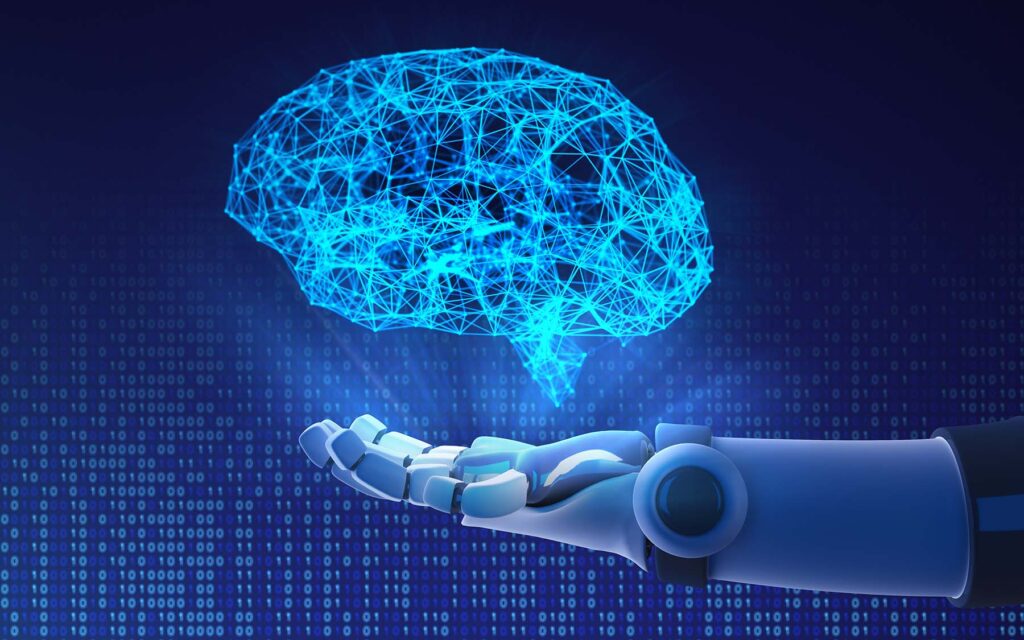
The Rise Of Emotive AI And Its Future Potential
- Lekshmi SP
- July 5, 2024
Human-machine interaction is becoming prevalent. However, a machine cannot respond with empathy and emotion. Or can it? The short answer is ‘yes they can’. With the rise of emotive AI or affective computing, the gap between humans and machines is beginning to close. Emotional AI, also known as affective computing, is revolutionizing how we interact with machines by enabling them to understand and respond to human emotions. This technology has the potential to transform various sectors and create more personalized and empathetic user experiences.

The Rise of Emotive AI
When OpenAI released a demo of ChatGPT in 2022, the chatbot quickly gained millions of users. The people were in awe of the LLM’s capabilities. It went viral with people discussing it on different social media platforms and sharing their interactions online. Some people were quick to point out that artificial intelligence technologies like ChatGPT could replace hundreds of jobs. Conversely, some argue that AI will enhance human capabilities and create new opportunities and challenges.
More recently, the latest iteration of ChatGPT, GPT-4 has opened up a new thread of conversation. ‘Emotive AI’ or Emotion AI’ or ‘Emotional AI’ has become the talk of the town. So what exactly is emotive AI? Simply put, emotive AI is an AI system that understands human emotions and generates emotional responses. These systems feel more human-like and create a more relatable user experience. Most of these systems are multimodal, meaning that they use multiple types of data including text, images, video, and audio. For example, while ChatGPT-3 was unimodal (only text), ChatGPT-4 is multimodal.
Now that that is out of the way, let’s sleuth out the many apparent as well as unapparent ways in which this innovative technology is changing the world we live in.
Popular Applications of Emotive AI
Although many argue that emotive AI is still in its nascent stages, many firms have already started using it. The following are some of the most popular ways in which emotive AI is being used:
- Marketing
Emotion AI can help brands create content that resonates with their customers. Personal touches can be added to emails and newsletters to enhance engagement and drive conversions. Emotive AI can also be integrated into advertising campaigns. Similarly, ad content generated by emotive artificial intelligence was shown to score higher emotional engagement scores and thus lead to higher sales. Content marketing is also actively using emotion NLP to churn out blogs and other long-form content to engage with consumers and provide solutions to their pain points.
- Customer Service
AI emotion recognition can help create personalized interactions. By analyzing text sentiment, an emotive AI can craft tailored messages based on the customer’s emotional state. AI can be persuasive, soothing, or informative according to the needs of the customers. This functionality of emotive AI is currently being used by integrating it with chatbots and virtual assistants.
- Retail
Retailers are utilizing emotive AI to improve customer experience in both online and physical stores. Customer satisfaction can be gauged and in-store displays or online content can be adapted in real-time to better meet customer needs.
Potential Applications of Emotion Recognition AI
Emotional AI is already being used in some sectors. Apart from these, there are several other areas where it holds significant potential:
- Education
The education sector can benefit from the facial expression recognition capabilities of emotion AI. For example, it can alert teachers when students lose focus. Eye tracking, voice analysis, and facial coding can help determine how well students understand the lesson. The connection between AI and empathy remains a subject of ongoing debate. However, at the pace emotional AI is growing, it has the potential to become an empathetic listener for students.
2. Human Resources
This is another sector that can reap the benefits of emotional AI in the near future. The sentiment analysis capabilities of emotive AI can help gauge the overall morale of employees from emails, chats, and even surveys. Similarly, facial expression analysis can help evaluate candidates during the recruitment process.
3. Healthcare
Emotional artificial intelligence can prove to be empathetic chatbots or virtual assistants. It could also potentially aid in the early detection of mental health issues by analyzing facial expressions, voice tone, and language patterns. Emotional AI can also act as an emotional support system for some patients with mental health issues, providing consistent and personalized care to help manage their conditions.
While the growth of emotion AI is promising, it is important to note that the technology is still evolving. It is in no way perfect and it has a long way to go. Its potential applications, though exciting, are not yet fully realized. It will take several more years of development and refinement before these uses become practically possible on a wide scale.

Challenges and Risks
Emotive AI faces several challenges and risks that must be addressed to fully realize its potential. These challenges span ethical, technical, and societal domains:
- Ethical Concerns
Since ChatGPT first went viral, the ethical implications of AI have been at the forefront of all discussions. Consent and transparency when it comes to data collection and analysis is a matter of concern for many.
- Data Bias
These AI systems rely on large datasets to learn. If these datasets are biased, it follows that the responses you get will also be biased.
- Complexity of Human Emotions
Human emotions are very intricate and complex. Take five psychologists and you will have five different definitions of what ‘emotion’ even entails. Consequently, creating an AI system that understands and replicates human emotions perfectly is challenging.
- Security & Privacy
One of the primary concerns with emotive AI is the security and privacy of the data it collects. Emotional data is highly sensitive, and there is a risk of it being misused or falling into the wrong hands.
- Inaccuracies
Emotion AI needs to be highly accurate and reliable to be effective. Misinterpreting emotions can potentially harm the user experience.
Conclusion
Emotional AI research aims to give AI systems the ability to understand and respond to human emotions. Consequently, emotive AI is already being used in marketing and customer support. These systems could also potentially transform interactions in sectors such as education, human resources, and healthcare. However, significant challenges remain, including ethical concerns, data bias, the complexity of human emotions, security and privacy issues, and the need for accuracy.
We’re only getting started with AI’s capacity to replicate human emotions. As we continue to explore the capabilities of emotional AI, ethical discussions will undoubtedly arise about what it means for a machine to mimic emotions. Despite these challenges, emotional AI has the potential to bridge the gap between human and machine interaction and create more empathetic technologies for the future.
